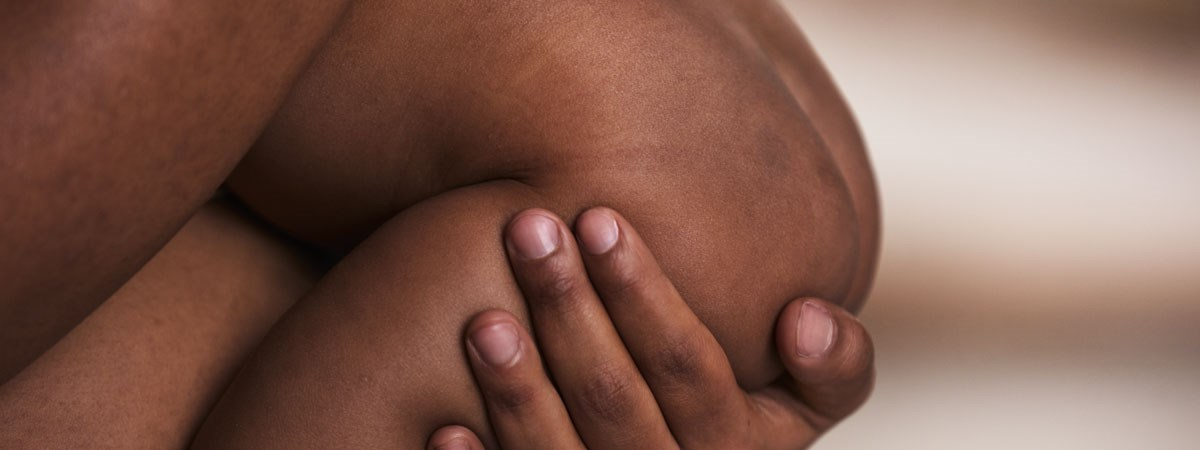Nappy rash and red bottoms in babies

If your baby’s usually soft little bottom becomes red and irritated, it’s probably because it’s been a bit too moist and warm for too long. Moisture and heat are exactly what little bottoms don’t like.
You’ve probably noticed that babies pee and poo quite often, and there need to be several nappy changes a day to keep their bottoms dry. This is because moisture and heat that is trapped in the nappy against the baby’s skin makes it easy for little bottoms to become red and irritated. Sometimes you see small bumps or blisters on their bottom, which is often the case with nappy rash. Thankfully, since nappies have improved and stay dry for longer, problems with nappy rash, or nappy dermatitis as it is also known, are not as common anymore. If your baby’s bottom is bright red and seems itchy or painful, it is usually a fungal infection.
How to prevent your baby’s bottom from becoming red and irritated
- Our nappies are made to keep skin dry and there is no need to change them every time your baby pees – it is quickly absorbed into the nappy. However, if the nappy is full or feels damp against the baby’s bottom, it should be changed, and if the baby has pooed, it should be changed immediately.
- Leave your baby without a nappy for a while when you change them, as this gives the bottom time to air and dry properly.
- Use water or baby oil to clean with – either are fine, but it’s good to know that the oil binds moisture to the skin and creates a small barrier for the next poo. If you don’t have access to water or baby oil, use unscented baby wipes that are kind to the skin.
- Use a nappy that’s breathableand not too tight against the baby’s bottom.
- If your baby has diarrhoea, this increases the risk of your baby’s bottom becoming red or getting small sores. As a preventive measure, you can apply a layer of ointment or cream with a barrier effect, such as, zinc cream, at every nappy change. This is because the cream acts as a protective layer over your baby’s sensitive skin.
- Red bottoms in babies often start with a slightly red appearance around the anus. Keep an eye on it and be sure to apply some protective cream at the first sign, so you can prevent it from getting worse.
- If your baby is prone to eczema, it is particularly important to moisturise the skin, as eczema is more likely to occur if the skin is dry.
If your baby does get nappy rash:
- Apply zinc cream or other rich cream on the irritated area every time you change a nappy.
- Take extra care to allow the bottom to dry between nappies, it is good if your baby can lie or crawl around without a nappy on for a while.
- For nappy eczema (red, dry and bumpy skin), a hydrocortisone cream can often help to reduce the itching and is anti-inflammatory. But talk to your healthcare provider first to help you assess the rash and how to treat it.
- Sometimes the red bottom is due to a fungal infection, for example, it can come from the digestive system if the baby has oral thrush. This can be very painful for the baby and you should talk to your healthcare provider for advice on how to treat the fungus.
- Water is drying to the skin, so it’s a good idea to be cautious about taking a bath while your baby has nappy rash.
Please note that all information above is based on Swedish recommendations.
